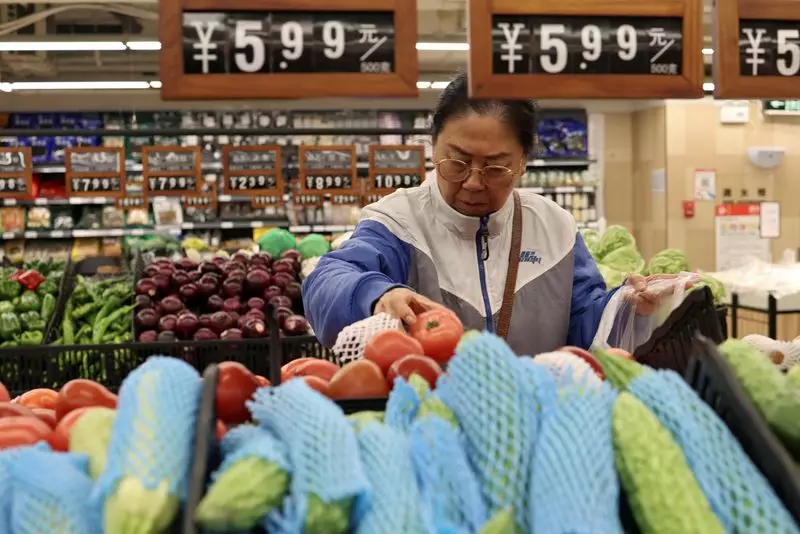As the world’s second-largest economy, China stands at a crossroads of growth and stagnation. Recent analyses suggest that the Chinese economy showed signs of deceleration in the third quarter of 2023. With a contraction in consumption coupled with a prolonged downturn in the property sector, the need for robust policy interventions has never been more pressing. Forecasts indicate that China’s gross domestic product (GDP) grew around 4.5% year-on-year during this period, a reduction from the 4.7% growth recorded in the second quarter. This signals the weakest quarterly growth since early 2023 and presents substantial challenges for policymakers.
In light of these troubling economic indicators, Chinese authorities have begun to explore a range of stimulus options aimed at resuscitating growth. With the goal of meeting a growth target of approximately 5% for 2024, Beijing is under intense pressure to act decisively. Expectations are pointed towards a fiscal stimulus package that could incorporate both infrastructure investment and measures to bolster domestic consumption. Analysts anticipate that despite these efforts, GDP growth may dip slightly to around 4.8% in 2024, underscoring ongoing economic turbulence.
An intriguing dynamic in China’s economy is the disparity between industrial production and domestic consumption. While industrial output has shown stronger performance, consumer spending has lagged, leading to deflationary pressures that pose further risks to economic stability. Policymakers traditionally relied on manufacturing and infrastructure-led growth but now recognize the necessity of shifting focus towards enhancing consumer spending. However, concrete details about the anticipated stimulus initiatives remain largely undefined, leaving both markets and consumers in a state of uncertainty.
Despite growth projections suggesting a quarterly expansion of 1.0% in Q3—an improvement over the previous quarter’s 0.7%—the economic landscape remains intricate. Upcoming GDP data is expected to provide clearer insights into recent activity. Experts predict a mixed outcome, with retail sales showing signs of recovery while investment figures continue to wane. Such trends suggest a complex interplay of consumer sentiment and investment dynamics that will need careful management in the coming months.
Concerns about entrenched deflation are growing, particularly as export growth shows signs of diminishing. Recent trends indicate a significant slowing of both exports and imports, with manufacturers reportedly reducing prices to clear inventory. These developments stem from anticipated tariffs by various trading partners, complicating an already challenging global trade environment. Furthermore, consumer inflation experienced a surprising decrease in September, alongside an increase in producer price deflation, deepening the case for governmental intervention.
China’s finance minister recently signaled intentions to escalate national debt levels as a method to stimulate the economy. Reports suggest a potential raise of over 6 trillion yuan in special treasury bonds over a three-year timeframe, indicating the government’s commitment to reinforce fiscal policy. In response to the economic downturn, the central bank has undertaken significant monetary support actions—including interest rate cuts and liquidity injections—marking the most aggressive measures since the onset of the COVID-19 pandemic. Analysts are projecting further adjustments to benchmark lending rates and bank reserve ratios, which could provide additional breathing room for struggling sectors.
China’s current economic climate poses a multifaceted set of challenges against a backdrop of sluggish growth and declining consumption. As authorities grapple with the need to implement substantial stimulus measures, a systematic approach focused on enhancing consumer confidence and addressing deflationary pressures will be crucial. The upcoming economic data releases will be instrumental in shaping policy directions, underscoring the importance of timely and effective interventions to steer the economy towards a more sustainable growth trajectory. Moving forward, it will be imperative for policymakers to balance traditional growth strategies with innovative measures that reflect the current economic realities facing China.

